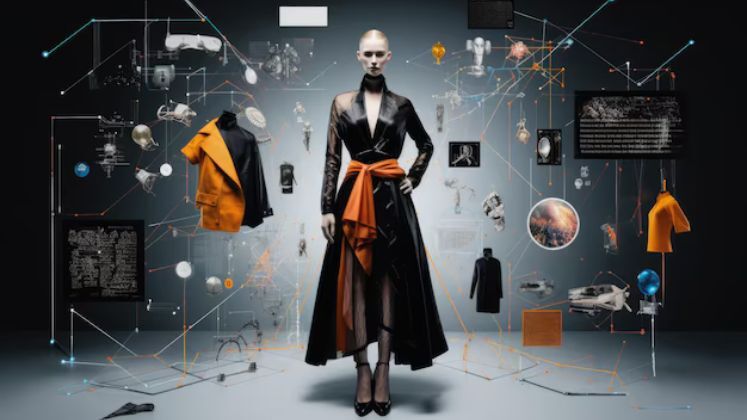
In an effort to reduce the number of unprofitable clothing returns, online retailers have increasingly resorted to artificial intelligence, from robot stock-takers to selfie-based sizing recommendations. According to a survey conducted in late 2024 by the consulting firm McKinsey and the Business of Fashion website, up to 30 per cent of fashion items purchased online are returned, in part because “clients are buying several sizes or styles and returning most of them”.
“Seventy per cent of returns are linked to a sizing issue,” stated Zoe Tournant, whose business Fringuant charges customers between 5,000 and 100,000 euros (US $ 5,250 and US $ 105,000) annually for an AI-driven system that corrects that.
The French business promises to give customers a better idea of what size would fit them best by using their height, weight, and a quick phone selfie.
Tournant explained that by analysing a selfie, the system detects a customer’s age and gender, which helps “refine” the image of their body that is fed into the AI model. This model, trained for a year on thousands of photos, then compares the customer’s measurements with the garment’s dimensions from the brand. Within seconds, the system can inform shoppers if a jumper will “fit perfectly on the shoulder” or if a pair of trousers may “cause doubts around the hips.”
Tournant shared that her company works with around 20 clients, including the high-end womenswear brand Maje, which has reportedly seen a significant reduction in returns.
In 2020, Zalando purchased Swiss start-up Fision, one of several businesses operating in the size-prediction space, after becoming similarly enticed by the promise of AI. In addition to size, e-commerce companies are using AI to automate their stock counts and prevent refunds due to shipping problems.
At ID Logistics, a company operating in 18 countries, order pickers use trolleys equipped with smart cameras to verify that the product’s color and size match the order before it’s retrieved from the shelves. If an error is detected, the device immediately notifies the worker.
Ludovic Lamaud, Director of Development and Innovation at ID Logistics, explains that this camera system has helped reduce incorrect parcels by 90 per cent in under two years.






